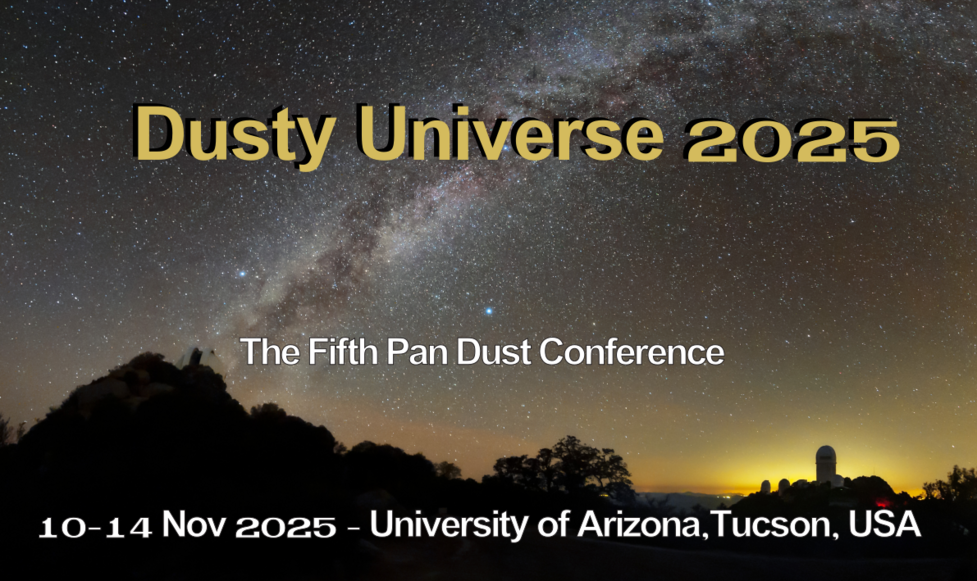Silicate and carbonaceous grains originate from distinct circumstellar environments and are often treated as two separate populations. Low temperature environments, potentially relevant for interstellar dust (re)formation, also appear to favour the production of separate silicate and carbonaceous dust families. [1] Models of dust evolution, however, suggest that there should be some significant interactions between these two worlds [2]. In this study, we model collisions between nanosized grains of amorphous hydrogenated carbon (a-C:H) and magnesium silicate. For both grain types we employ atomistically detailed models using carefully prepared realistic structures and compositions [3,4]. We examine both the physical and chemical outcomes of the collisions for a systematic scan of astrophysically relevant impact velocities. Our results reveal that production of silicate-carbonaceous mixed grains is generally not favoured, but can occur for a narrow range of conditions. However, collision-induced interactions between these distinct grain types can drive a wide range chemically rich processes (e.g. production of iCOMs). As such, collisions between silicate and carbonaceous grains could provide a novel route to chemical complexity in interstellar environments.
[1] G. Rouillé, C. Jäger, T. Henning, Astrophys. J., 892, 96 (2020).
[2] N. Ysard, A. P. Jones, V. Guillet, K. Demyk, M. Decleir, L. Verstraete, I. Choubani, M.-A. Miville-Deschênes, L. Fanciullo, Astron. Astrophys., 684, A34 (2024).
[3] A. M. Escatllar, T. Lazaukas, S. M. Woodley, S. T. Bromley, ACS Earth Space Chem., 3, 2390 (2019).
[4] R. Ranganathan, S. Rokkam, T. Desai, P. Keblinski, Carbon, 113, 87 (2017).

 PDF version
PDF version
